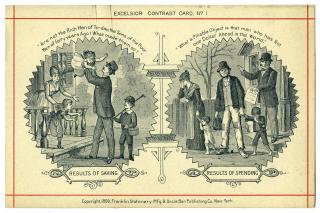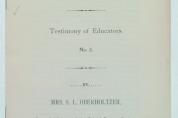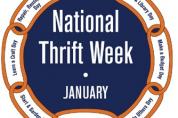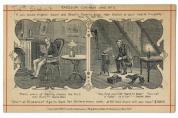Teaching Thrift
Teaching Thrift
Say the word "thrift" and people think of Benjamin Franklin and sayings like "a penny saved is a penny earned." Or they might think about grandparents who suffered through the Great Depression and never stopped saving baggies and rubber bands.
But what does thrift mean today? What is its relevance in post-Recession America? And why is it important for teachers today to include thrift in their over-crowded curriculum?
What is Thrift?
Thrift is the ethic of hard work, savings, and generosity. While it is a way of life, it also is integral to subjects like financial literacy, family and consumer education, and social studies. Learning about thrift helps students to become better citizens.
Thrift also is a historical reform movement. Begun in this country after the Civil War, Philadelphian Sara L. Oberholtzer promoted and managed the School Savings Banks movement into the 1930s. Thrift Week was celebrated until 1966 during the week beginning January 17 (Benjamin Franklin’s birthday).
The Historical Society of Pennsylvania, which holds Oberholtzer’s archives, has joined with the Center for Thrift and Generosity of the Institute for American Values and with Sally Flaherty of the Pennsylvania Department of Education to provide resources and programs for K-12 teachers on thrift. We thank John and Josephine Templeton as well as the Templeton Press for their support of our efforts.
Highlighted
From Ben Franklin’s birthday on January 17 through the next week, we celebrate Thrift Week with a document display about the history of the thrift movement of the early 20th century.






